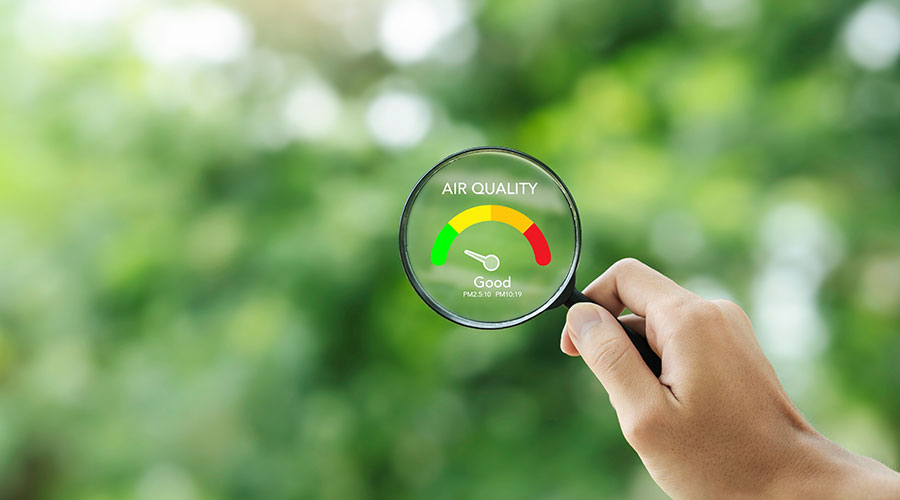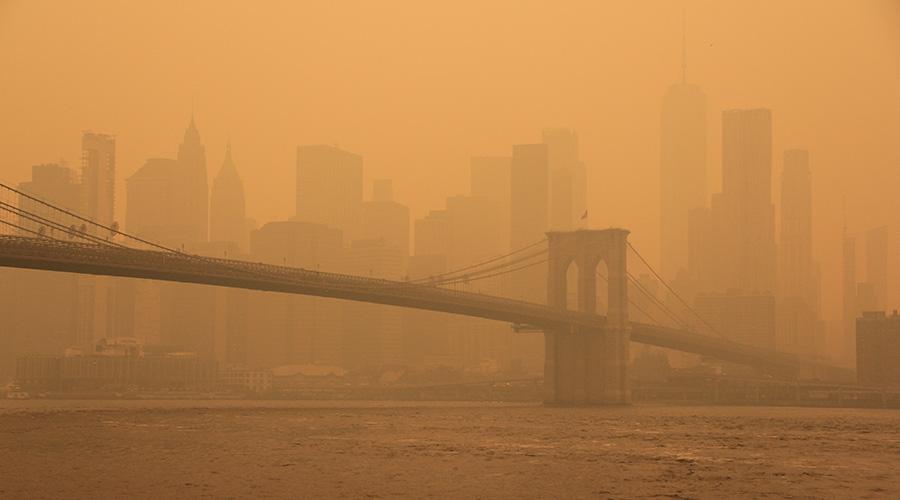Study Measures VOC Emissions of Green Products Throughout Life Cycle
Green building materials affect indoor air quality similarly to conventional materials in terms of secondary emissions, according to a recent study.
Green building materials affect indoor air quality similarly to conventional materials in terms of secondary emissions, according to a recent study.
One of the common claims of green building materials is their lower emissivity of volatile organic compounds (VOCs) as compared to conventional products.
A report for the GREENGUARD Environmental Institute (GEI) posits that while green products do emit fewer initial VOCs, their long-term production of VOCs through interaction with ozone is similar to that of conventional products.
The products tested were certified as green by third-party directories, such as Green Spec, and included finished and unfinished samples of ceramic tiles, ceiling tiles, bamboo flooring, sunflower board, wheat board and cork wallpaper.
The study, conducted by Chi Phuong Hoang, a doctoral candidate at the University of Texas, Austin, dealt with ozone interaction in two parts. First she looked at which green materials had the greatest ozone deposition velocity, or how quickly they take up the ozone. The study found that ceiling tile was the most reactive with ozone, and that in all substances the coated or pigmented materials had a lower rate of deposition.
The study also considered the primary and secondary VOC emissions of three different green materials and their conventional counterparts. The overall the VOC emissions were actually slightly reduced by the ozone exposure. In the case of bamboo flooring and green ceiling tiles, ozone exposure causes them to emit more of the VOCs nonanal and decanal than their non-green counterparts.
The study was funded by the GEI Ken Dillon Memorial Fellowship for Indoor Environmental Quality Design.
Related Topics:











